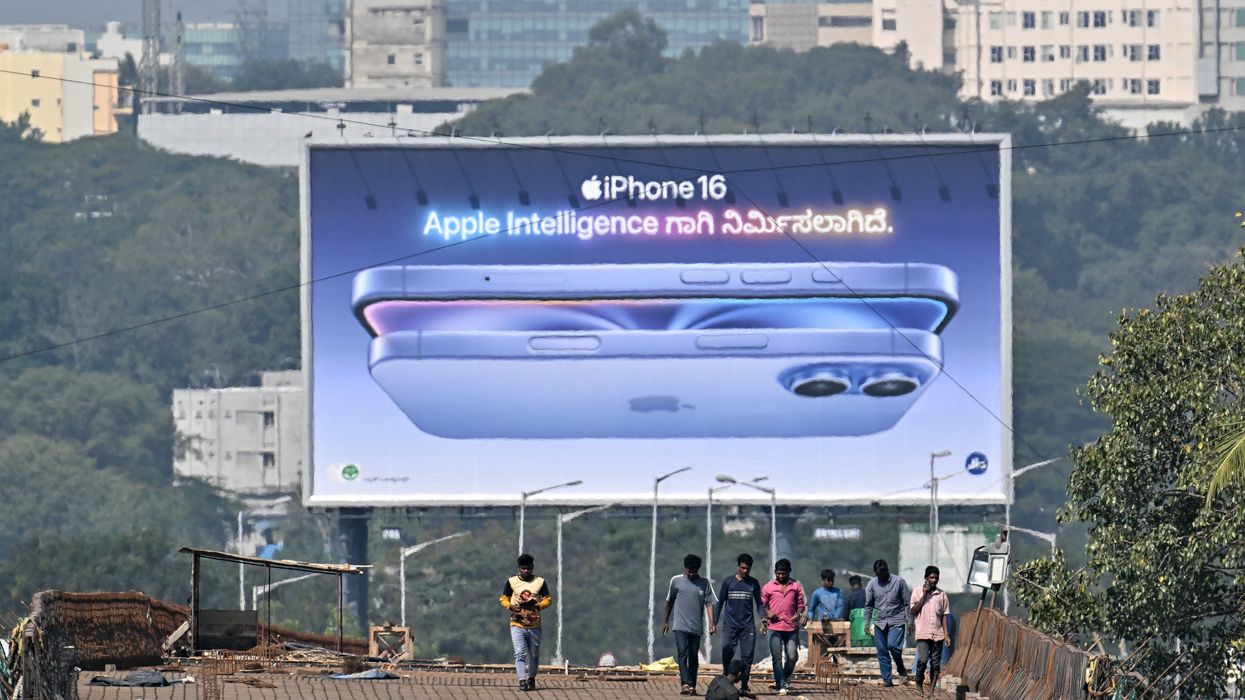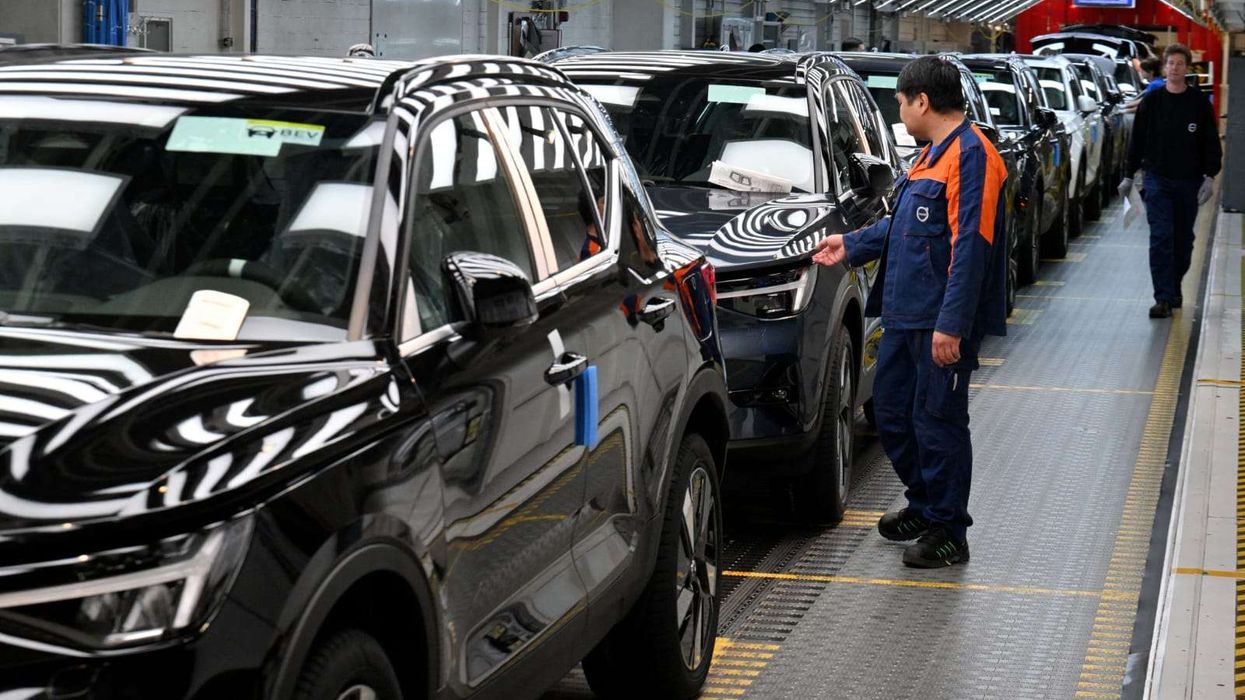APPLE aims to make most of its iPhones sold in the US at factories in India by the end of 2026, and is speeding up those plans to navigate potentially higher tariffs in China, its main manufacturing base, a source told Reuters.
The US tech giant is holding urgent talks with contract manufacturers Foxconn and Tata to achieve that goal, the person, who declined to be named as the planning process is confidential, said last Friday (25).
Apple and Foxconn did not immediately respond to requests for comment, while Tata declined to comment.
Apple sells 60 million iPhones in the US annually, with roughly 80 per cent of them made in China currently.
Prime minister Narendra Modi has in recent years promoted India as a smartphone manufacturing hub, but higher duties on importing mobile phone parts compared to many other countries mean it is still expensive for companies to produce in India.
For iPhones, manufacturing costs in India are five per centeight per cent higher than in China, with the difference rising to as much as 10 per cent in some cases, the source said.
Apple has already stepped up production in India to beat US president Donald Trump’s tariffs, shipping some 600 tonnes of iPhones worth $2 billion (£1.4bn) to the United States in March.
The shipments from India marked a record for both its contractors Tata and Foxconn, with the latter accounting for smartphones worth $1.3bn (£968.9bn), Reuters reported last month.
In April, the US administration imposed 26 per cent duties on imports from India, much lower than the more than 100 per cent China was facing at the time. Washington has since paused most duties for three months, except for China.
Trump’s administration has since signalled openness to deescalating the trade war between the world’s two largest economies that has raised fears of recession. The Financial Times first reported about Apple’s plan last Friday. As Apple diversifies its manufacturing beyond China, it has positioned India for a critical role. Foxconn and Tata, its two main suppliers there, have three factories in all, with two more being built.












